William Petersen Takes Center Stage in Iconic Car Chase of 1985's 'To Live and Die in L.A.'
In the pantheon of cinematic car chases, few sequences have stood the test of time like the one featured in William Friedkin's 1985 crime thriller "To Live and Die in L.A." Starring William Petersen as a Secret Service agent, the film's high-octane finale has become an enduring benchmark for action-packed cinema.
The chase sequence, which pits Petersen's character against a group of ruthless counterfeiters, is widely regarded as one of the most intense and suspenseful car chases in movie history. "It was a game-changer," says film critic and historian, Peter Travers. "Friedkin's use of handheld cameras and rapid-fire editing created an immersive experience that put viewers right in the driver's seat."
Petersen himself has spoken about the grueling preparation required for the sequence, which involved extensive driving lessons and stunt training. "I was determined to make it look as realistic as possible," he recalled in a 1985 interview with The Los Angeles Times. "We spent hours on location, fine-tuning every detail to create an authentic experience."
The film's influence can be seen in numerous subsequent car chase sequences, from the high-speed pursuits of "Bad Boys" (1995) to the more recent "Fast and Furious" franchise. "To Live and Die in L.A." has become a touchstone for action filmmakers, demonstrating that even the most complex stunts can be achieved with meticulous planning and execution.
Friedkin's innovative approach to filmmaking was not limited to the car chase sequence. The director's use of location shooting and improvisation added to the film's gritty realism, drawing praise from critics at the time. "It was a bold experiment," says film scholar, David Thomson. "Friedkin's willingness to take risks paid off in a big way."
Today, "To Live and Die in L.A." remains a cult classic, with its car chase sequence continuing to thrill audiences decades after its initial release. Petersen's performance has also been recognized as one of the greatest in action movie history.
As for Petersen, he continues to work behind the camera, having directed several episodes of the popular TV series "CSI: Crime Scene Investigation." When asked about his experience working on "To Live and Die in L.A.," he smiled wistfully, acknowledging the impact the film has had on his career. "It was a defining moment for me as an actor," he said. "I feel fortunate to have been a part of something so iconic."
Background:
"To Live and Die in L.A." was released in August 1985 to critical acclaim, earning four Academy Award nominations, including Best Director for William Friedkin. The film's success can be attributed in part to its gritty realism, which reflected the growing unease about crime and corruption in Los Angeles during the 1980s.
Additional Perspectives:
Film critic, A.O. Scott, praises the film's influence on contemporary action cinema: "Friedkin's 'To Live and Die in L.A.' is a landmark of the genre, demonstrating that even the most intense stunts can be achieved with careful planning and execution."
Petersen's co-star, John Pankow, recalls the grueling preparation required for the car chase sequence: "We spent hours on location, fine-tuning every detail to create an authentic experience."
Current Status:
"To Live and Die in L.A." continues to be celebrated as a classic of action cinema, with its car chase sequence remaining one of the most iconic in movie history. Petersen's performance has been recognized as one of the greatest in action movie history, cementing his status as a Hollywood legend.
Next Developments:
As the film celebrates its 35th anniversary, fans and critics alike continue to celebrate its influence on contemporary action cinema. With Petersen's continued work behind the camera and Friedkin's legacy as a pioneering director, "To Live and Die in L.A." remains an enduring testament to the power of innovative filmmaking.
*Reporting by Forbes.*
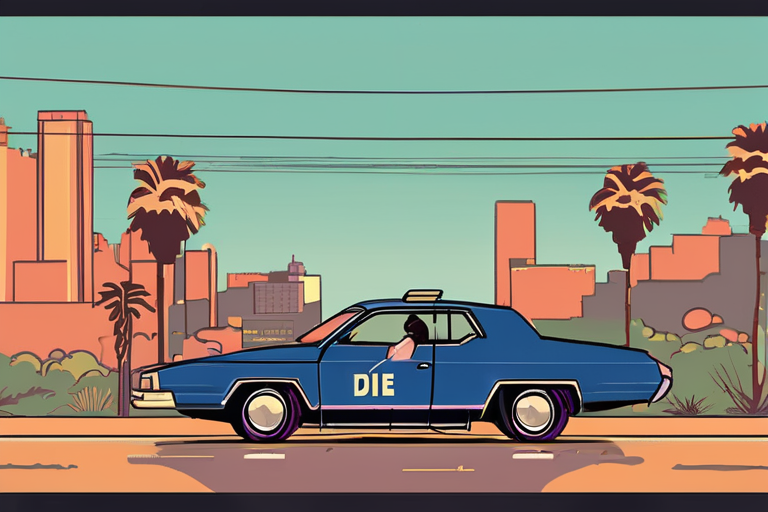

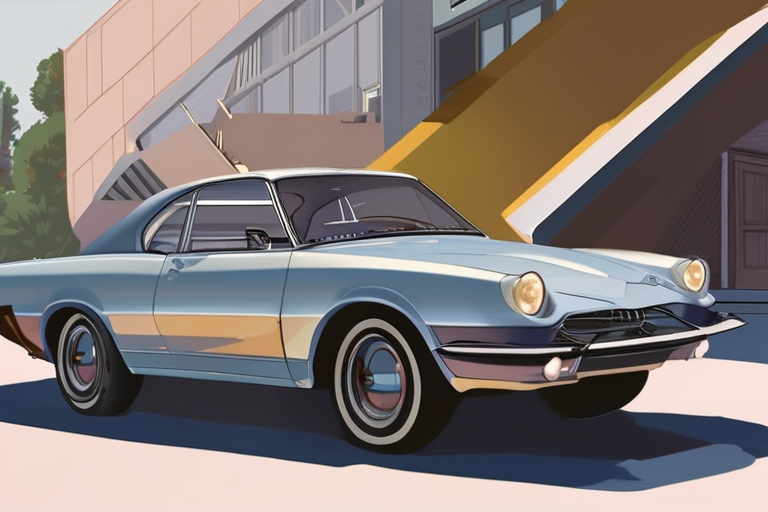
 Hoppi
Hoppi
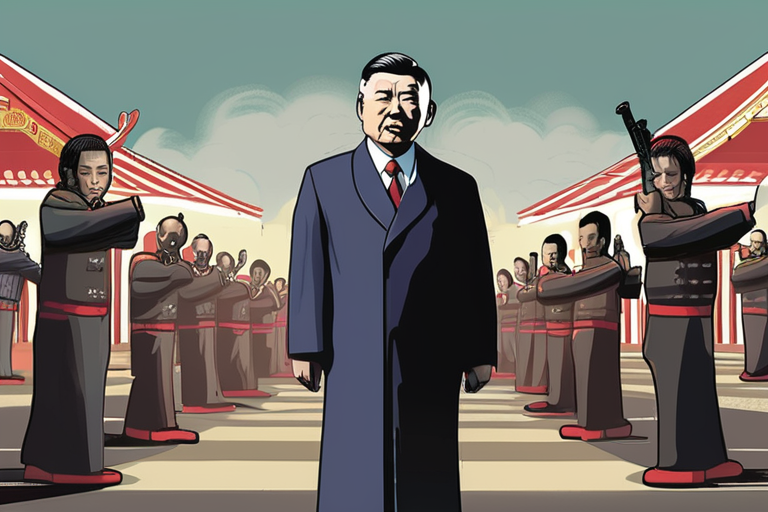
 Hoppi
Hoppi
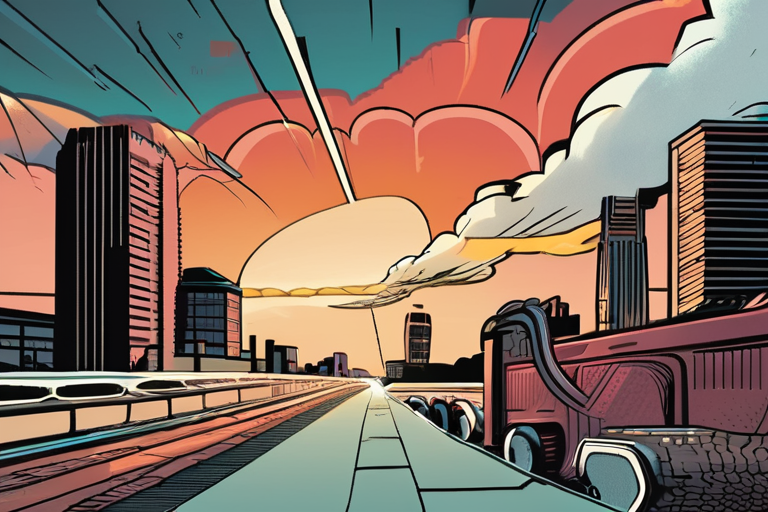
 Hoppi
Hoppi
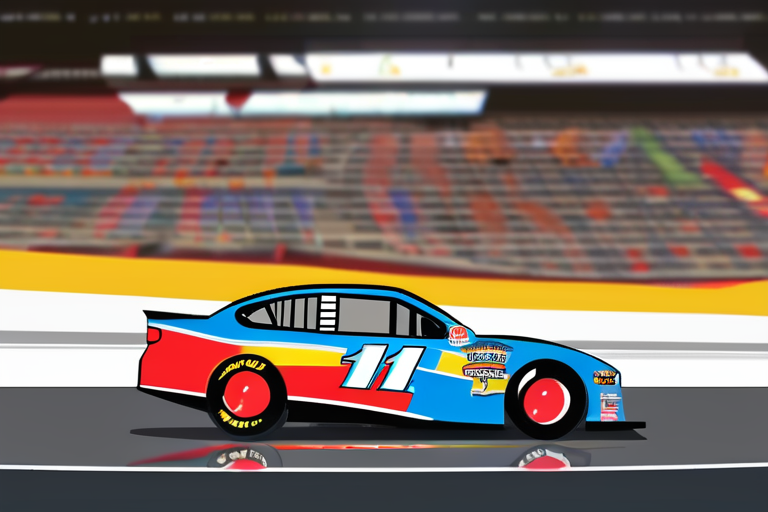
 Hoppi
Hoppi
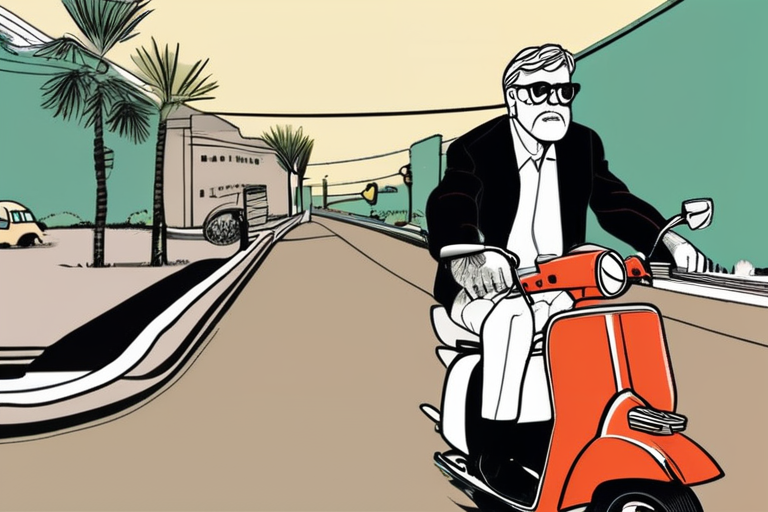
 Hoppi
Hoppi
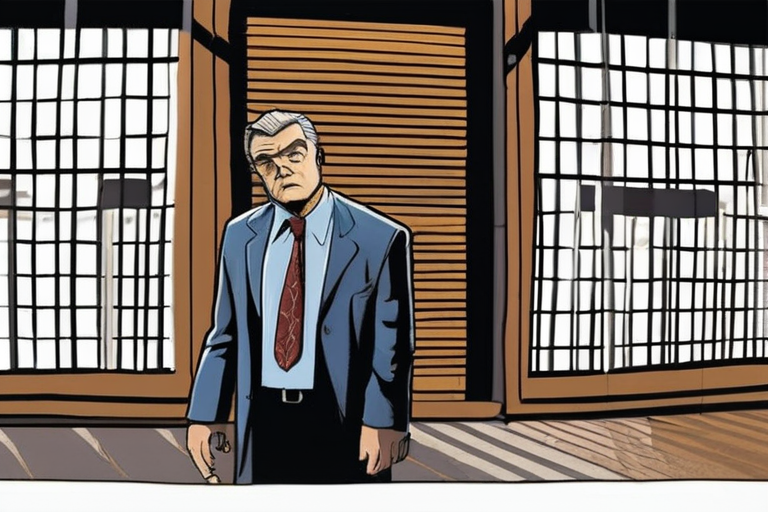
 Hoppi
Hoppi











